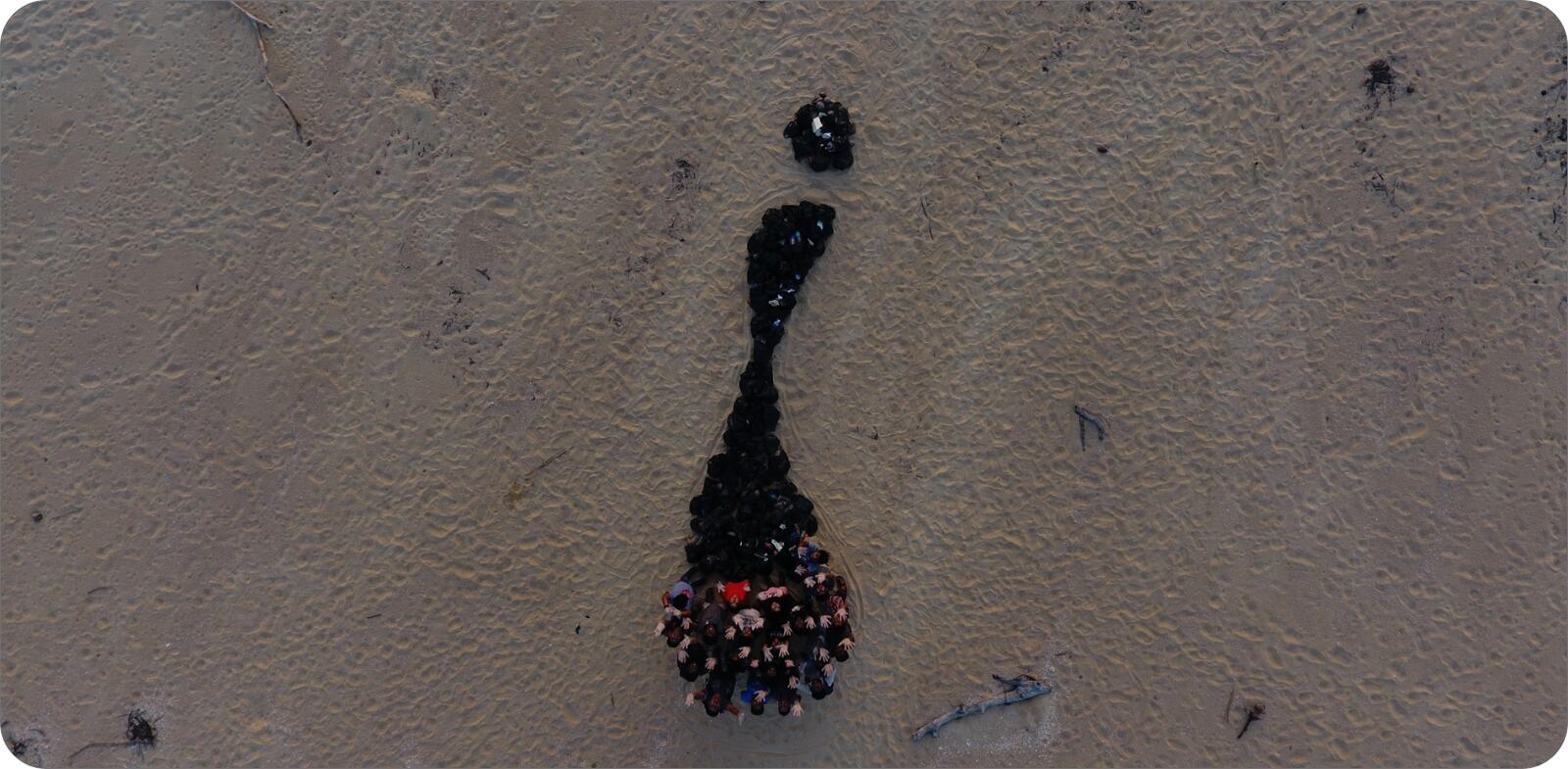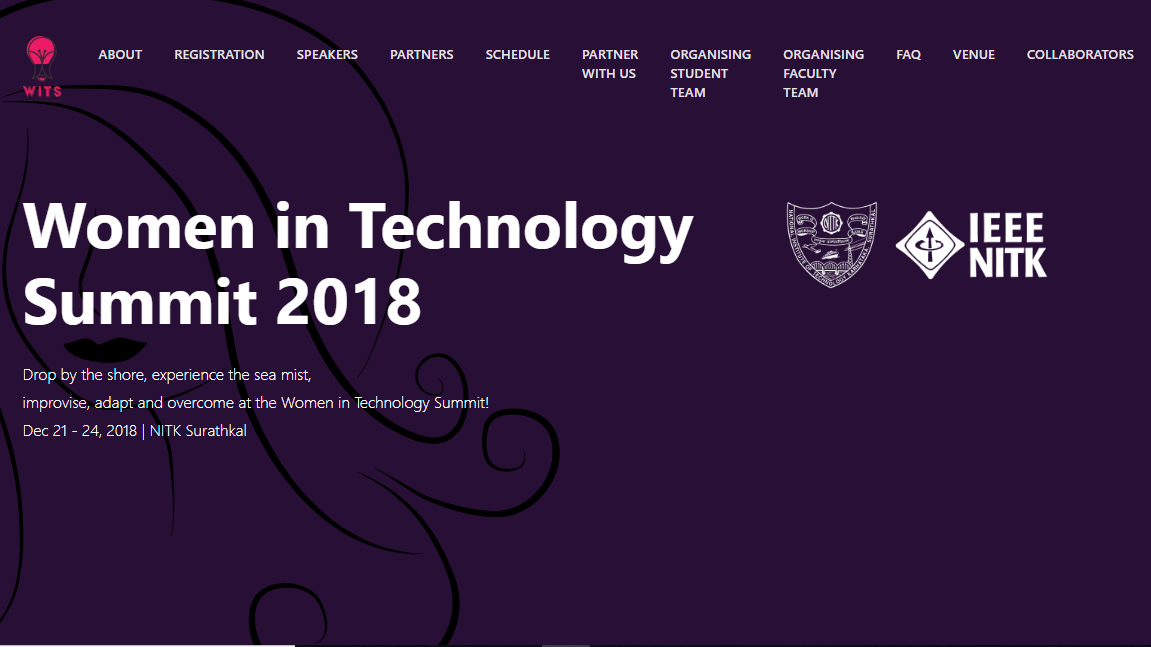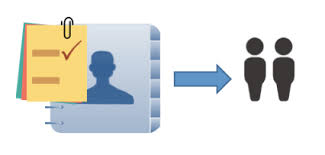Software Engineer
Projects Undertaken By Me:
Radiation Dosage QA Tool
Developed with a team member a tool to measure exposure quality assurance for Radiation Oncology using Gafchromic films,in collaboration with KMC Hospital, Mangalore. Used computer vision for contour detection, denoising and perspective transformation, and developed an accessible user interface using PyQt5 and QtDesigner.
Private Repository. Aiming for patent.


CottonHub
CottonHub is an e-commerce portal integrated with analysis and predictions for the price of cotton, available in both web and mobile. It was a team hackathon project for SIH 2020 where I led the team, developed the backend of the solution using Django REST Framework, deployed the web application over Heroku, and integrated a few other components made by team members, namely, the machine learning models and the frontend of the web app into a single product.
NITK Faculty Recruitment Portal
Managed a team of seven developers for the development of a new official portal for faculty recruitment in the college.
It is developed using Django and Google APIs in the backend. For frontend vanilla CSS and JS was used.
Private Repository. Proprietary Application.


Issue Tracker System
This project can be used to create teams and assign issues/tasks to members of the team. The issue description page also has features to start comment threads. Good consideration has given to privacy and so only authorized users can access certain features of this application. A remarkable feature of this project is that it uses NLP to extract Key Phrases and Named Entities along with its category from the title and description of the new issue which is going to be created, to analyse if a similar issue already exists. This is done by comparing the new issue text analytics parameters with the existing relevant issue text analytics parameters, and hence providing the user the option to discard the new issue creation, therefore avoiding redundancy, and the second option to create the issue anyway. For Text Analytics, the REST API of Microsoft Azure Text Analytics Cognitive Service has been used.
TaskForce
TaskForce is a Web Application developed by me as a part of the IIT-Bombay FOSSEE Fellowship Screening Test. The app supports creating teams, adding members to the teams, and then creating tasks and assigning it to selected members of a team. It has authentication features, and carefully designed security and privacy features which doesn’t allow members to view tasks of other teams. The members of a team can also comment on the tasks of the team they belong and further other members can reply to that comment thus enabling topic specific discussions. On top of this, it provides seamless flow of data and control with a very easy to use interface. This project was quite challenging and at the same time a great learning experience for me as many new features which I had never worked with were incorporated into this project.


SpeechTox
SpeechTox is a WebApp made using Django and integrates Machine Learning in it. Linear Regression has been used to train the models on the following Kaggle dataset. This model classifies a text or a song into six categories on the basis of its toxicity. An additional feature that will be added to it is to display the lyrics of a song and if it is too toxic then censor it accordingly. This app was developed as a part of 24 hr hackathon in a team of 4.
Incident 2019 Website
Incident is the annual cultural fest of my college. In this project I have worked on the SEO of the website using tools like Google Search Console, etc. The site enjoys a top rank in search results on all major search engines. I have also contributed to other parts of the website as a member of its development team.


WiT Summit 2018 Website
WiT Summit 2018 was a national level technological event hosted by IEEE NITK in December 2018. I was a part of the website development team for this event. The work for this website involved adding new features and components to the website and updating the website when required. The technologies used for the work included HTML, CSS, JS, jQuery, etc.
CP Judge
CP Judge is a competitive programming platform under development. It was developed as a part of the IEEE NITK project by a team of 4. It was implemented using the Go programming language and Buffalo for the web server. The other technologies used include Docker for sandboxing, Hysterix for fault tolerance, and splitting the work into 5 different services to implement distributed nature.


Attendance Management System
This project involved developing an application to scan QR Code in ID cards of students and record the attendance of students pursuing a particular course. This involved developing an Android App, setting up a server using Flask, using shell scripts for automation and implementing the main backend logic using Java. It was developed by a team of 4 as a part of the Paradigms of Programming course project.
Ubuntu Developers Upgrade
In this project, I worked with a team of 4 as a part of the UNIX course project to develop a terminal platform for updating to Ubuntu 18.04 LTS version from the current Linux version without commands. The user after updating to Ubuntu 18.04 can install desired packages, utilities, softwares and themes based on requirements directly through the portal with choose-through options rather than commands.


Disaster Management App
As a part of a team of 3 for the Microsoft codefundo++ competition, an application was developed to help in predicting, managing and handling the aftermath of a disaster. It was coded using Django for the backend and deployed using Microsoft Azure. The features included casualties page, donation page, help manuals, location sharing etc to name a few. The project also involved the development of an Android App, which without the Internet also could implement certain features listed above like location sharing.
Merkle Tree - Audit Proof
This project was done as a DSA course project which involved a team of 4 people. We implemented Audit-proof using Merkel Trees with Python as the implementing language. The features the final product provided included verifying records of a transaction, verifying parts of files downloaded from peer to peer sharing platforms using hash codes, and generating a hash code for an input file.


PasteBin
This is a web app developed by me using Django at the backend. The application allows to share text between users. A user can enter a piece of text, set it as editable or not and then submit it to generate a unique URL which can be shared with others. Anyone with this URL can access the text and also edit it if allowed by the owner of the text.